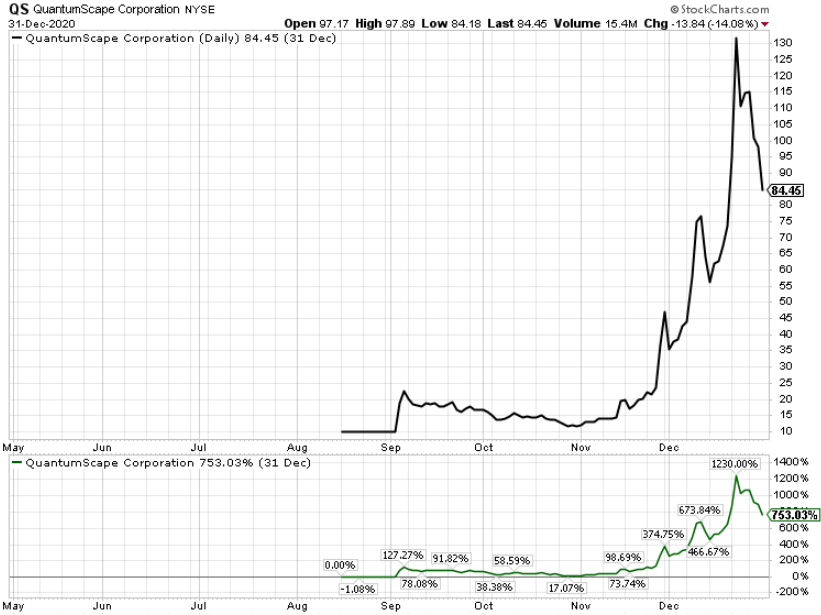Achieving Early Retirement at 30: A Practical Guide
Retiring at 30 might seem far-fetched, but with strategic planning and disciplined saving habits, it is achievable. The concept of early retirement has gained traction, particularly through the Financial Independence, Retire Early (FIRE) movement, which emphasizes aggressive saving and smart investing. To determine how much money you’ll need, consider your current savings, anticipated expenses, and expected investment growth.
A financial advisor can assist you in developing a comprehensive strategy for managing savings, investments, and long-term financial stability.
Calculating Retirement Needs for Age 30
To retire at 30, you must plan meticulously and forecast your future expenses. Begin by estimating costs such as housing, travel, healthcare, and daily living expenses. Understanding your annual financial requirements will help you establish a savings target necessary for early retirement.
Building sufficient savings quickly requires frugality and a commitment to saving. Many individuals aiming for early retirement strive to save at least 50% of their income by cutting frivolous expenses and prioritizing savings over luxuries. Adopting a minimalist lifestyle along with strategic financial planning can accelerate your journey to financial independence.
Another critical aspect for early retirees is healthcare, as Medicare is unavailable until you reach age 65. Explore options such as private insurance, health-sharing plans, or alternative coverage methods. Establishing a health savings account (HSA) can also facilitate management of future medical costs.
Effective Strategies for Early Retirement Savings
A detailed budget is essential for those considering early retirement. Start by monitoring your expenses and identifying areas where you can cut costs, such as dining out or eliminating unnecessary purchases. Living below your means allows for increased savings. A budget not only helps accumulate savings but also fosters responsible financial habits for the long term.
Maximizing contributions to retirement accounts is crucial. Make the most of employer-sponsored plans like 401(k)s, especially when matching contributions are available. Additionally, opening an individual retirement account (IRA) can enhance your savings through tax advantages.
While saving is vital, investing your money is what enables it to grow efficiently. Diversify your investment portfolio to balance risk and potential returns, incorporating a mix of stocks, bonds, and other asset classes.
Sample Retirement Savings Portfolio for Age 30

A thoughtfully arranged savings portfolio can support long-term financial health. A common guideline suggests saving between 25 and 30 times your expected annual expenses. For example, if you budget $60,000 annually, you would need approximately $1.5 million according to the 25x rule or $1.8 million following the 30x rule.
Investments play a crucial role in preserving your retirement savings over time. With a 4% withdrawal rate, you can withdraw $60,000 annually from a $1.5 million portfolio ($1,500,000 × 0.04) or $72,000 from a $1.8 million portfolio ($1,800,000 × 0.04). If you increase the withdrawal rate to 5%, the annual withdrawals rise to $75,000 from $1.5 million ($1,500,000 × 0.05) and $90,000 from $1.8 million ($1,800,000 × 0.05).
As an early retiree, you won’t qualify for Social Security benefits until age 62. Therefore, reliance on savings, investments, or alternative income sources becomes imperative. Consider rental income, dividends, or even part-time businesses to reduce your dependency on savings and provide a more secure financial foundation.
Key Tips for Retiring at 30
Successfully retiring by age 30 involves various strategic actions. Here are five actionable tips to set you on the right path:
- Start saving early and aggressively: Initiate savings as soon as you start earning. The power of compound interest means earlier savings lead to greater wealth long-term. Aim for a savings rate of at least 50% of your income.
- Invest wisely: Build a diversified portfolio incorporating stocks, bonds, and real estate. This balance can provide steady returns while minimizing risks.
- Live below your means: Embrace a frugal lifestyle to maximize your savings. Cut excess expenses, including frequent dining out and unnecessary upgrades. Prioritizing needs over wants can significantly enhance your savings rate.
- Increase your income streams: Investigate side jobs or passive income options such as freelancing or rental properties. Additional income can expedite your retirement planning and enhance financial security.
- Set clear financial goals: Define your vision for retirement at 30 and establish specific financial milestones. Clear objectives will maintain your motivation and focus. Continuously assess and refine your plans to remain on track.
Conclusion

Reaching retirement at age 30 necessitates thorough planning and disciplined financial habits. Begin by defining the lifestyle you envision and estimating your annual financial requirements. This approach aids in setting a sustainable savings goal. Early retirement goes beyond merely saving money; it’s about constructing a solid plan that addresses your long-term security and aspirations.
Retirement Planning Resources
- A financial advisor can customize your retirement plan. Finding the right advisor is made simple with SmartAsset’s free tool, which matches you with qualified advisors in your area. You can also have a complimentary initial call to choose the right match for your needs. If you’re ready to find an advisor to meet your financial objectives, start today.
- Utilize SmartAsset’s Social Security calculator for estimating your future monthly government benefits.
Photo credit: ©iStock.com/Delmaine Donson, ©iStock.com/Delmaine Donson, ©iStock.com/Iryna Melnyk
The post Achieving Early Retirement: How Much Money Do You Need? appeared first on SmartReads by SmartAsset.
The views and opinions expressed herein are those of the author and do not necessarily reflect those of Nasdaq, Inc.









